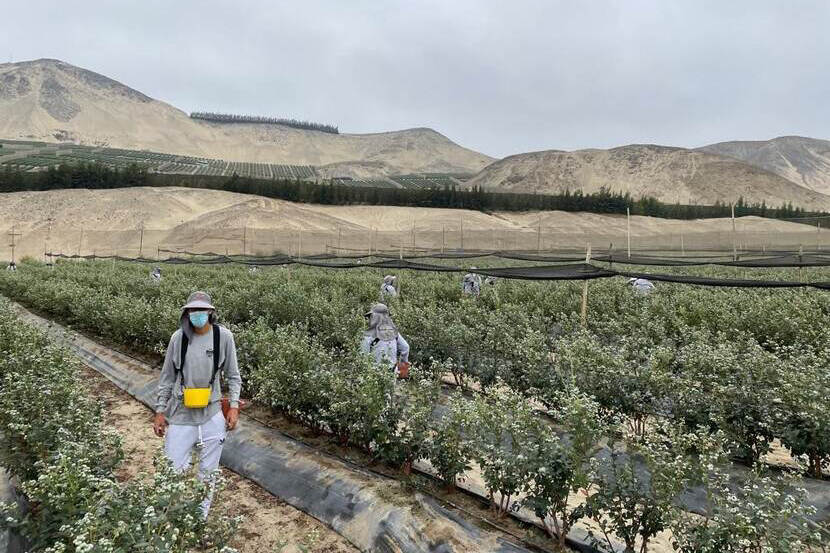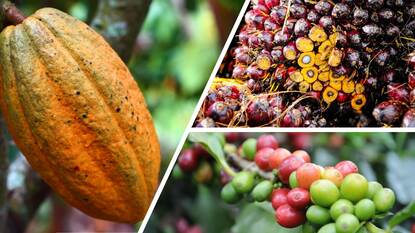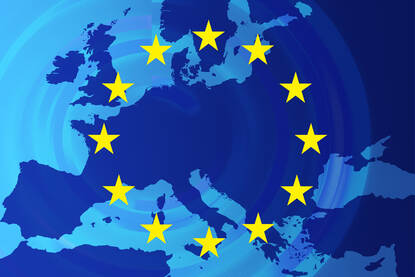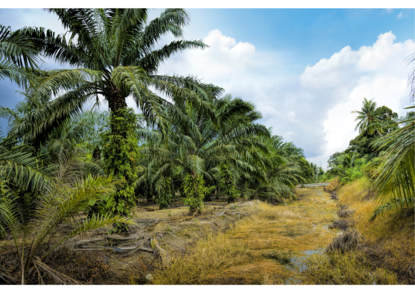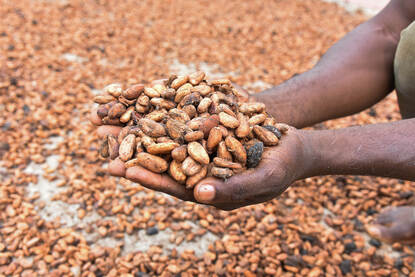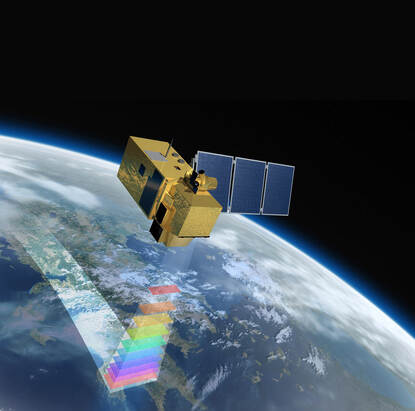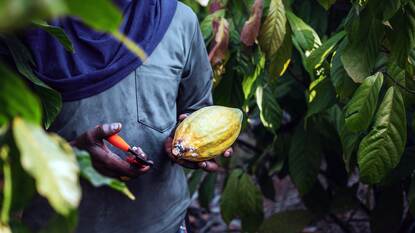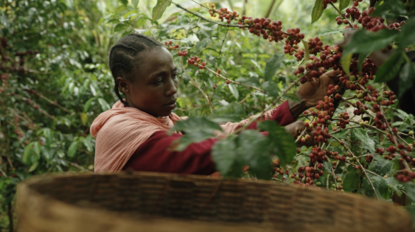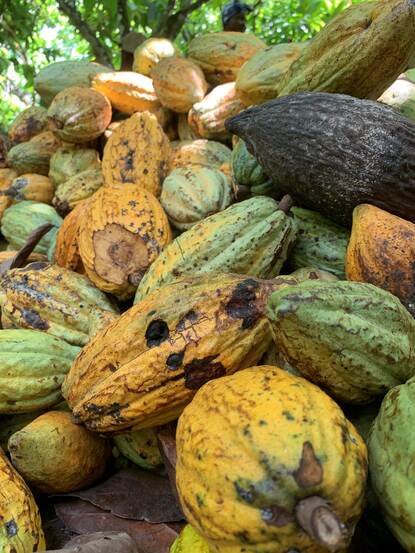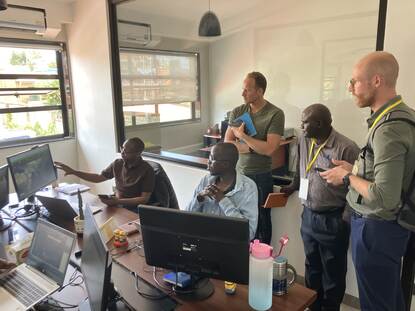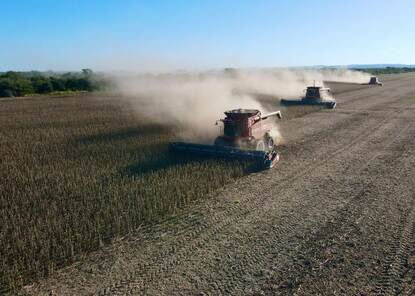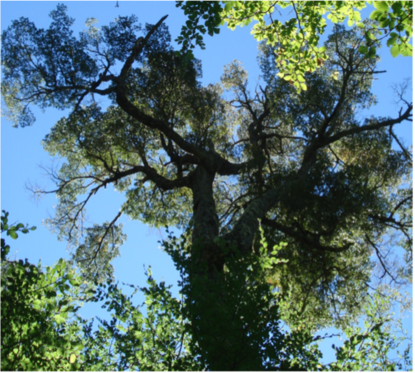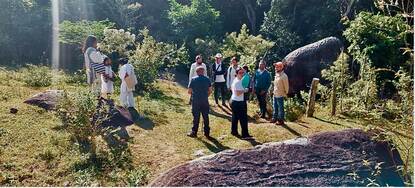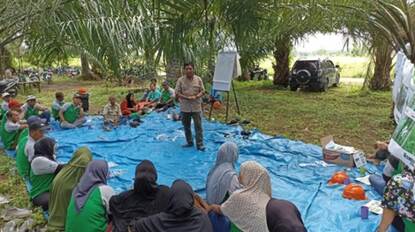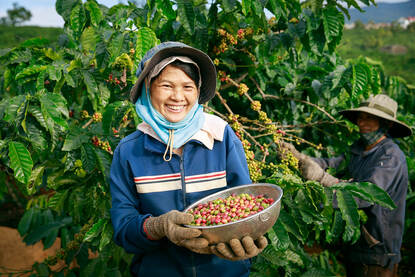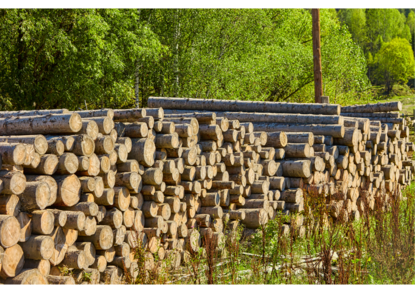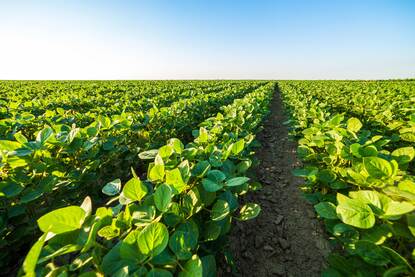As a major producer and trader of coffee and cocoa on the world stage, Peru faces important challenges in adapting to the European Union’s Deforestation Regulation (EUDR). This article explores the current landscape and solutions that the Peruvian Government is implementing to prepare for the implementation of the new regulation, as well as the involvement of the agricultural team in this important subject.
To date, compliance with the EUDR has become a race against time, involving changes in national policies, as well as in the management of the specific value chains. In the Peruvian case, two value chains stand out: coffee and cocoa. Their value goes beyond the economic as it also involves social aspects. According to interviews with various authorities, the challenges of the EUDR are wide-ranging. It brings into focus some serious systemic problems in the country's internal structure, such as the legality of property ownership and labor informality.
In Peru, labor informality is widespread in many sectors, including coffee and cocoa. In fact, it is estimated that in Peru, 3 out of 4 workers are employed informally. As the EUDR requires due diligence, which also applies to the formality of employment, this may pose a problem.
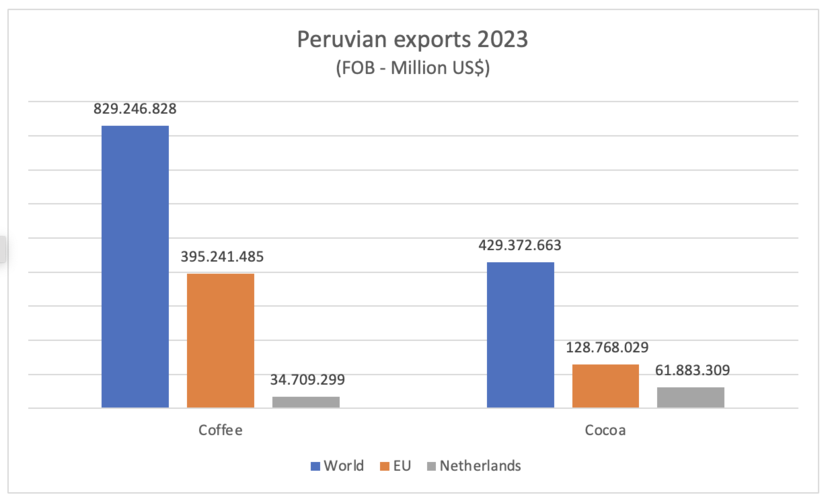
Peru is a major producer of cocoa and coffee
Peru is the country with the second largest Amazon rainforest after Brazil, occupying 13% of its territory. Although Peru has seen considerable improvement in recent years in terms of the country's Human Development Index (HDI), the Amazon region still faces serious social challenges. At the same time, this region produces the most Peruvian coffee and cacao. For coffee, Peru is the seventh largest producer and exporter, and for cacao, it is the sixth largest producer and the tenth largest exporter.
Both value chains are of great socio-economic importance to the country. It is estimated that approximately 90,000 smallholder farmers are involved in cocoa production on 174,000 hectares, which is roughly the size of the Dutch province of Utrecht. Coffee production is carried out by 223,000 coffee farmers on 380,000 hectares, which is about the size of the Dutch province of Overijssel.
‘The value of coffee and cocoa production goes beyond the economic, also involving social aspects’
Challenges that arise with the EU as the main market
In both value chains, the European Union (EU) is the main destination market. Peru's coffee export to the EU accounts for 48% of its total world exports, while cocoa makes up 30%. In the case of cocoa, almost half of the cocoa destined for the EU arrives through the Netherlands.
Unlike the fruit value chains - such as blueberry and avocado in which Peru is an important player - the use of technology in the coffee and cocoa value chains is minimal. Crops are cultivated in a rudimentary manner by small farmers that have united in associations or cooperatives (30% in coffee and 50% in cocoa) to prevent middlemen taking advantage of them. In the case of coffee alone, it is estimated that 2 million people benefit from this value chain.
The Peruvian Government, through the Ministry of Agrarian Development and Irrigation (MIDAGRI), has a difficult mission, and the clock is ticking. The Peruvian Amazon is a geographically difficult territory with poor infrastructure, low-tech crops, difficult connectivity, and some areas are even victims of armed conflict and drug trafficking. In addition, market prices can fluctuate greatly and generate uncertainty. The panorama is clear, the challenges the sectors face are great. The implications of not being prepared for the EUDR will put the livelihoods of many communities in the Peruvian Amazon at risk.
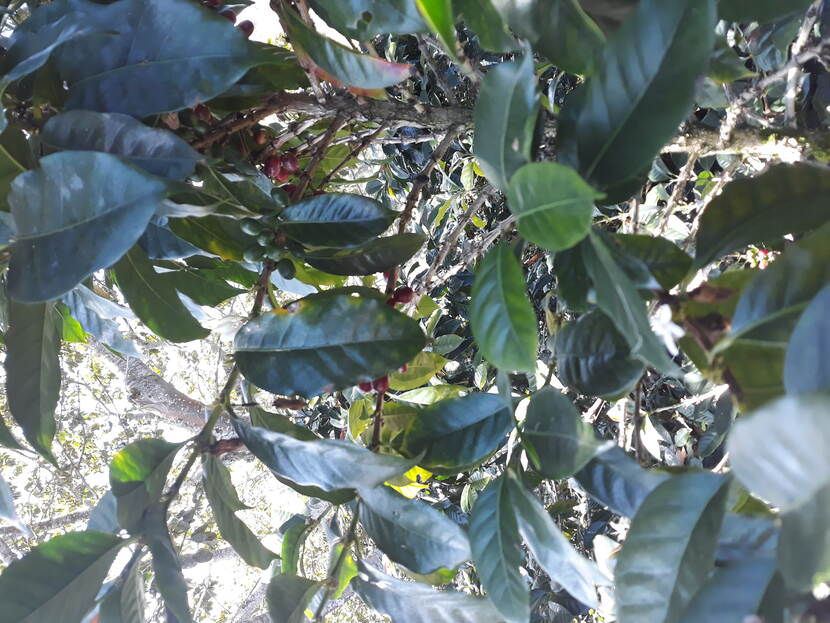
Joint strategy with seven work components
Despite a vast list of challenges, MIDAGRI's efforts have been very important so far. The LAN team in Peru has seen first-hand the work they are doing and the obstacles they are overcoming to meet the deadline by December 2024. MIDAGRI's EUDR adaptation plan includes the development of a joint strategy with local governments, the private sector, and NGOs, with several work components detailed below.
1. Capacity building for the implementation of the new national regulatory framework on agrarian matter
The objectives are to promote understanding of the new administrative processes related to formal land access procedures and environmental management of land. Also, the aim is to propose mechanisms and tools to facilitate administrative procedures, and a financing strategy to sustain technical assistance needs. The expected results are that coffee, cocoa and palm oil producers in the Peruvian Amazon are aware of and successfully adapt to the new regulatory framework for land use and environmental protection. It is also expected that the ministry will develop a step-by-step guide or manual for compliance with the new agrarian regulatory framework.
2. Model presentation or due diligence requirements handbook
The objectives are to raise awareness of the due diligence reporting requirements and to provide guidance to small farmers on the documents or tools that:
- verify compliance;
- propose mechanisms and tools to facilitate the processing and safekeeping of evidence of compliance, and;
- promote evidence-based risk management.
It is expected that coffee, cocoa, and palm oil producers in the Peruvian Amazon will be aware of due diligence information requirements and will satisfactorily adapt to provide support to their clients or operators in the EU and adhere to the EUDR.
3. Traceability of the supply chain
The objectives are to provide technical support to the associations and cooperatives and the operators along the value chain to make transparent value chains while simultaneously identifying all the actors involved. Other objectives include:
- facilitating the assessment of the risk of mixing products of unknown origin;
- developing a user-friendly interaction and consultation platform for an adequate risk assessment; and
- promoting a culture of evidence-based risk management.
The expected outcome is to make supply chains more transparent and to understand the various trade linkage schemes from the producer in Peru to the operator in the EU.
4. Country Risk Assessment Plan
The objectives are to provide specialized, objective, and transparent technical information on Peru's country risk level. This will communicate Peru's level of progress in the fight against deforestation and in the implementation of the EUDR. MIDAGRI hopes the plan will lead to an impartial international report that, by virtue of the progress made and the risks assessed, will demonstrate and suggest a low-risk classification for the country in the framework of the EUDR.
5. Geo-referencing through digital identity of the Registry of Agricultural Producers to comply with the EUDR
The objectives are to ensure the geo-referencing of parcels through the digital identity (ID) of the Registry of Agricultural Producers (PPA) to verify compliance with the EUDR, as well as to develop digital literacy activities that enable producers to understand and efficiently use the ID mobile application. The expected results are geo-referencing the plots of coffee, cocoa, and palm oil producers, which will allow verification of compliance with the deforestation-free condition and the distribution of the corresponding certificate by MIDAGRI. Similarly, it is expected that many agrarian produces will adopt the ID, which will allow them to access agrarian services and benefits in an efficient manner.
6. Agrarian Development Strategy for Peasant, Native Communities and Indigenous Peoples
The main objective is to generate an agricultural development strategy for the Peasant, Native Communities and Indigenous Peoples (CCNyPOs, acronym in Spanish) that solves the problem of the structural violation of their collective rights and addresses the problem of the low-level competitive development. This will make it possible to promote a low-risk classification within the framework of the EUDR, in strict consideration of the cosmovision, cultural identity and ancestral territory.
7. Improving the rural cadaster for rural titling of properties located in the Amazon region
The objectives of this project are to promote updating the rural cadaster of individual rural properties in the Amazon region, as well as managing formal access to land through land titles given by the regional governments. It is also expected to complete the adaptation of the web platform called the Rural Cadastral System (SCR). This is expected to generate 132,277 land titles delivered to coffee, cocoa, and palm oil producers in the Peruvian Amazon and to have a functioning and interoperable SCR with public and private institutions.
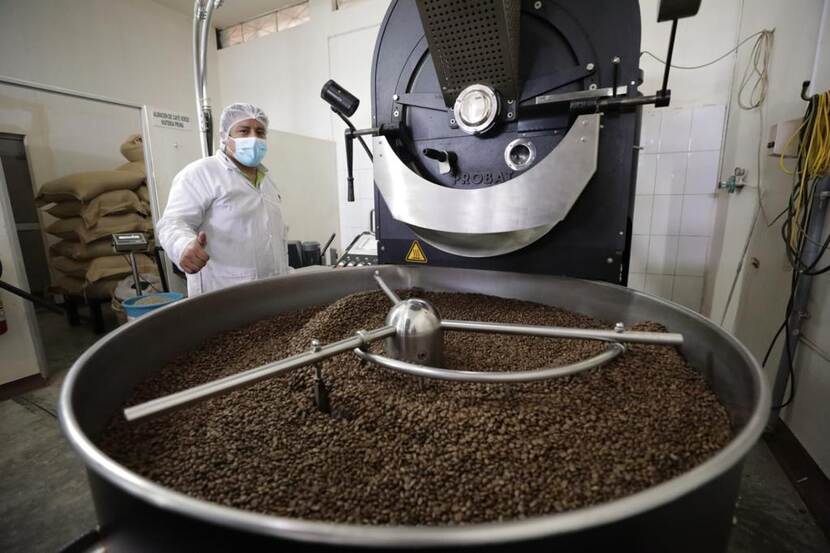
Dialogue roundtable
In October 2023, the LAN ANDES team (agricultural team of the Dutch embassy) held the dialogue roundtable ‘From the Amazon to Europe - Analyzing the Impact of the European No Deforestation Regulation on the Coffee and Cocoa Sectors’. The team brought together many actors in the value chains of both crops to analyze the impacts and potential response models for adhering to the EUDR. The event featured a presentation by Gert van der Bijl, EUDR specialist and senior EU policy advisor at the non-profit organization Solidaridad. Representatives of MIDAGRI and Trade & Commerce parties attended the roundtable, in addition to representatives from embassies and an EU delegation, the private sector through traders and associations, marketers, producers, as well as agencies and representatives of international cooperations. The Dutch Embassy in Peru together with Solidaridad, who form part of Peru’s Coalition for Sustainable Production, organized the event at the residence of the Dutch Ambassador. Over 100 stakeholder participants from Ecuador, Colombia and Bolivia also participated in the virtual broadcast.
The Embassy continues to work on this subject. In August 2024, the team will organize another meeting focusing on the producers themselves. It will take place in the San Martin Region, an important producing area of both crops in Peru’s forests, where the aim is to have greater participation of cooperatives and producer associations coming from different parts of the country.
‘The challenges include a geographically difficult territory, poor infrastructure, low-tech crops, and difficult connectivity’
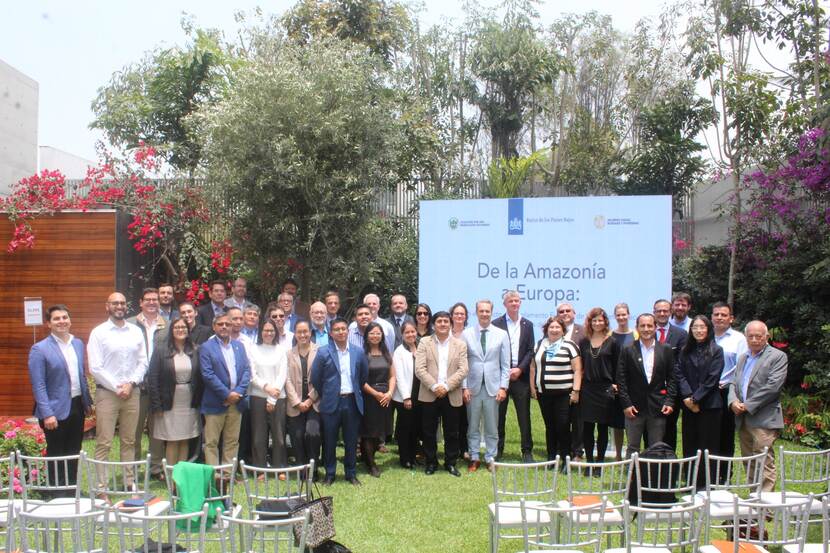
More information
Would you like more information on the EUDR, and its challenges for the Peruvian cocoa and coffee industry? You can visit the country page of Peru, Colombia & Ecuador at the website Agroberichtenbuitenland of the Dutch Ministry of Agriculture, Nature and Food Quality. You can also send an e-mail to the agricultural team at the Dutch Embassy in Lima: lim-lnv@minbuza.nl.
